War Activity for Practicing Absolute Value, Opposite, Reciprocal, and Opposite Reciprocal
This blog post contains Amazon affiliate links. As an Amazon Associate, I earn a small commission from qualifying purchases.
I might have went a bit crazy when I started making activities for our first skill of the year in Algebra 1. So, you’ll have to put up with quite a few posts involving activities for practicing absolute value, opposite, reciprocal, and opposite reciprocal.
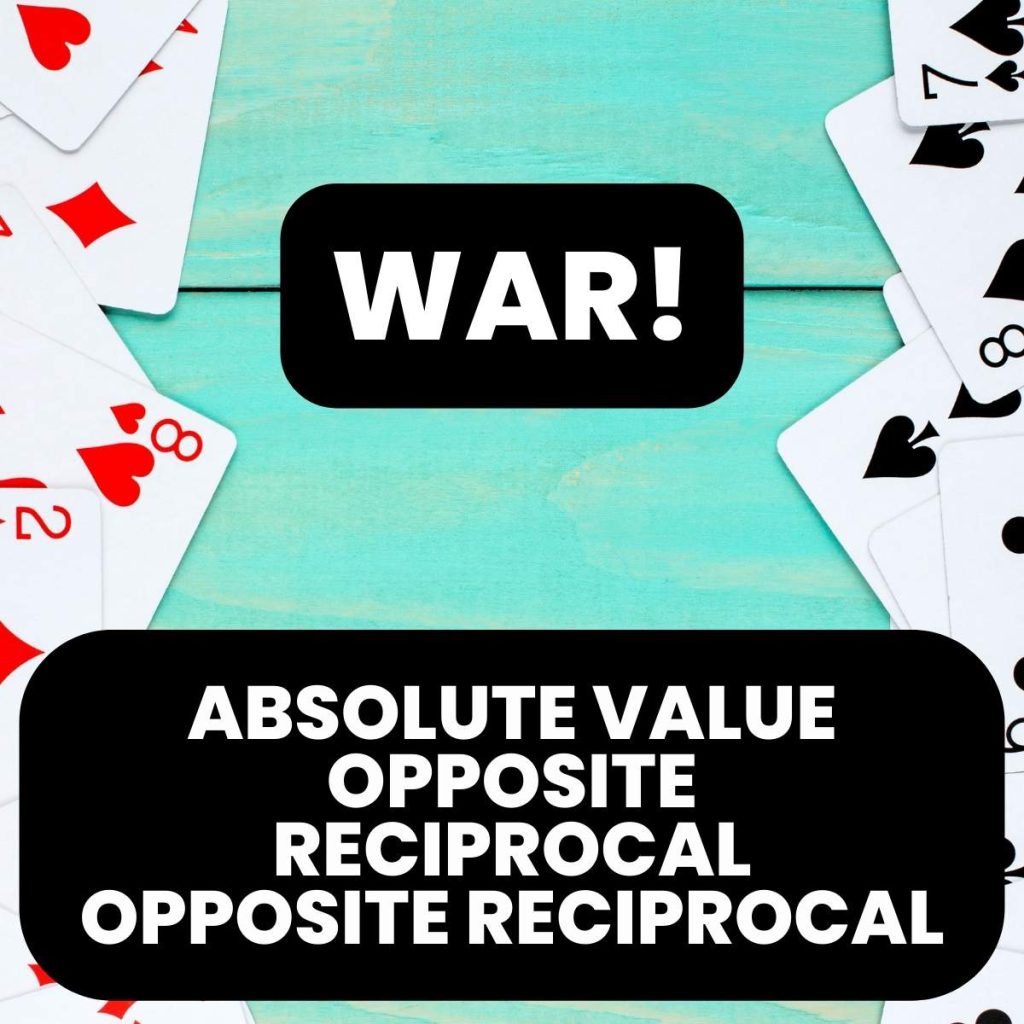
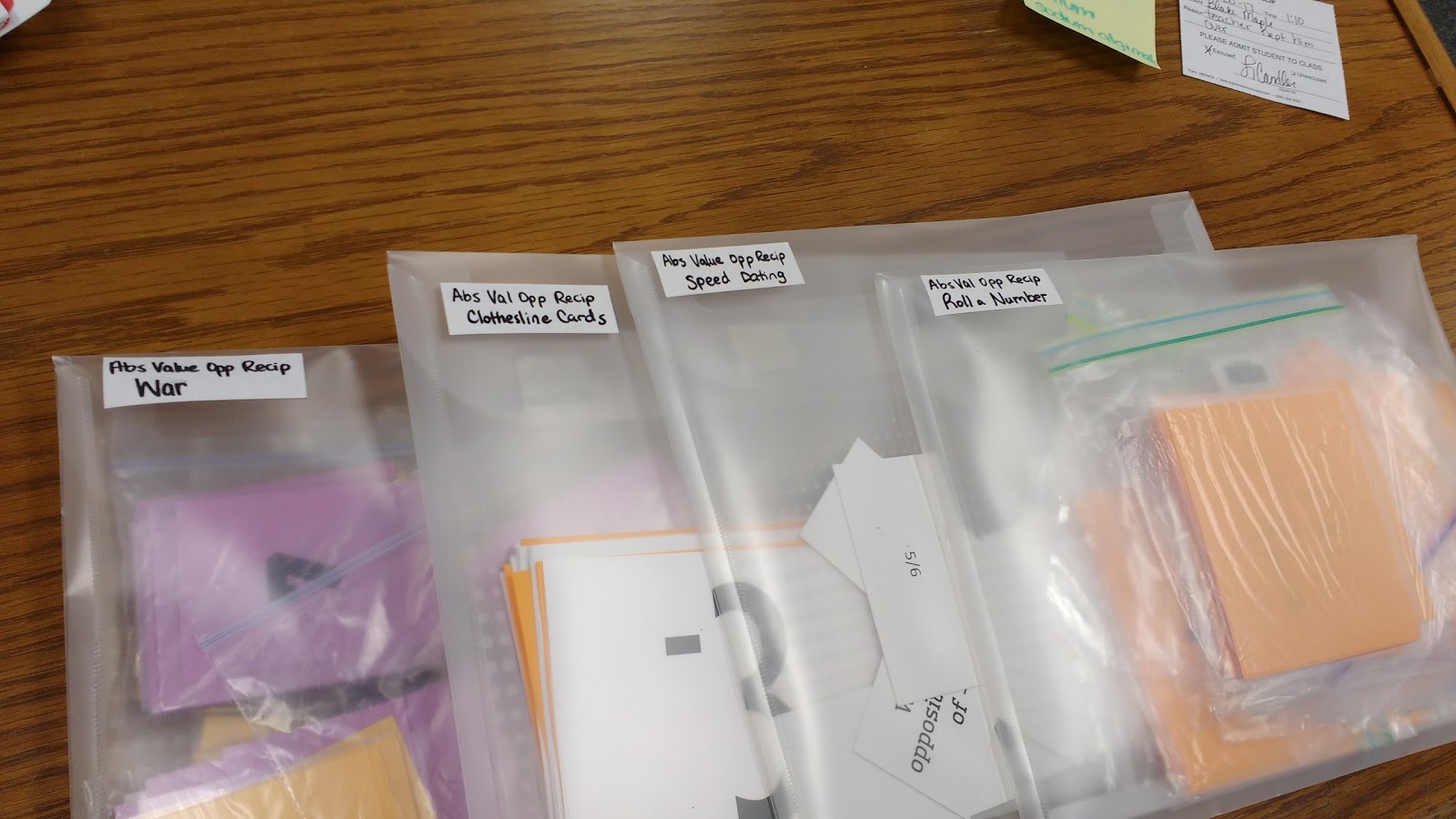
Today, I want to share a war activity I created. My sister and I loved playing war when we were kids. Most games weren’t that exciting. Whoever had the most aces almost always won. But, there was just something exciting about throwing down a card to see whose card had the highest value.
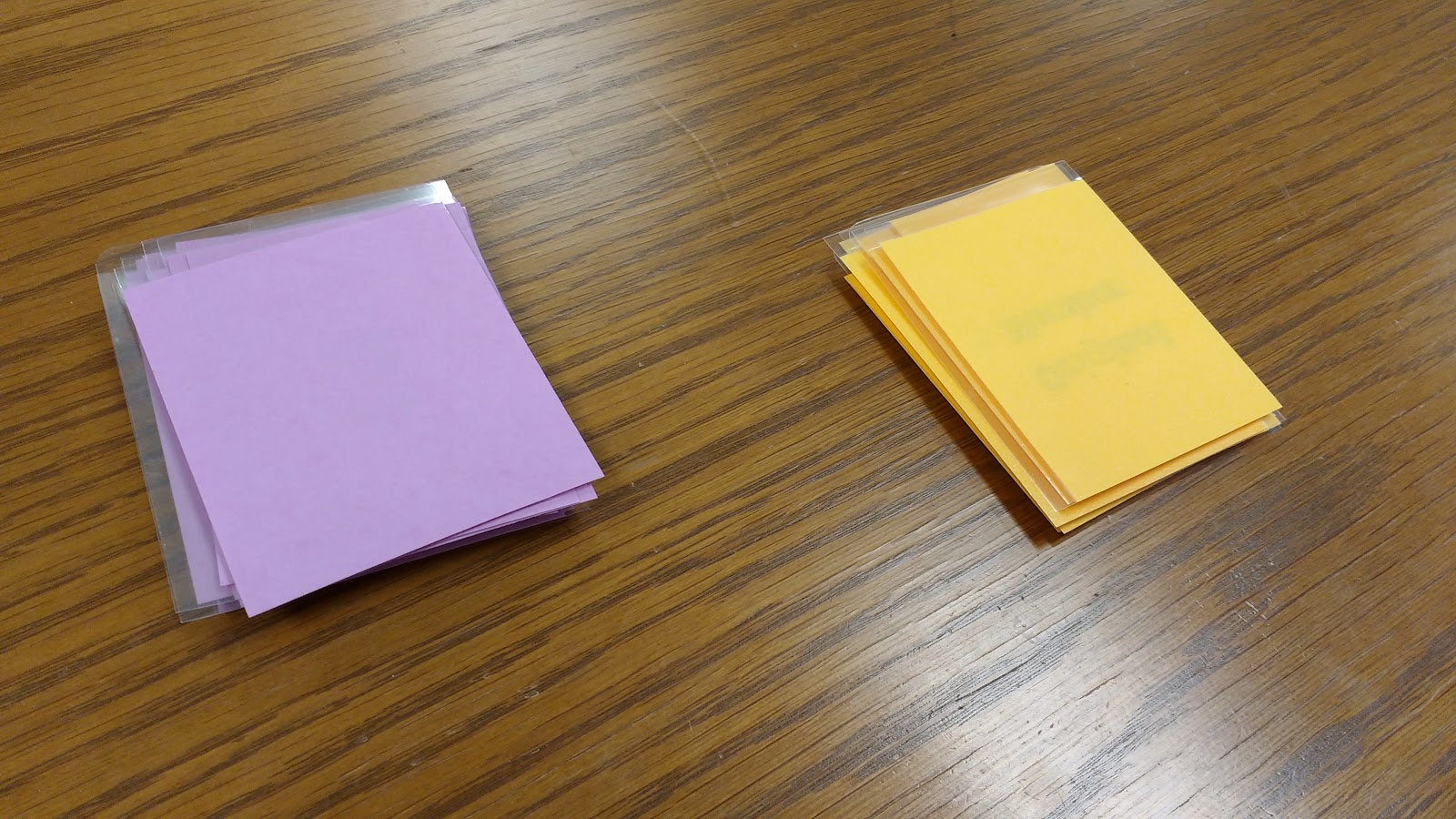
While the traditional card game is only played with two people, this practice activity can work with two, three, or even four students in a group. Each group gets a set of cards. The cards are printed on two different colors of paper and laminated.
MATH = LOVE RECOMMENDS…

A laminator is a MUST-HAVE for me as a math teacher! I spent my first six years as a teacher at a school with a broken laminator, so I had to find a way to laminate things myself.
I’ve had several laminators over the years. I currently use a Scotch laminator at home and a Swingline laminator at school.
I highly recommend splurging a bit on the actual laminator and buying the cheapest laminating pouches you can find!
The yellow cards are criteria cards. There are fifteen cards. Three each of five types: original number, absolute value, opposite, reciprocal, and opposite reciprocal.
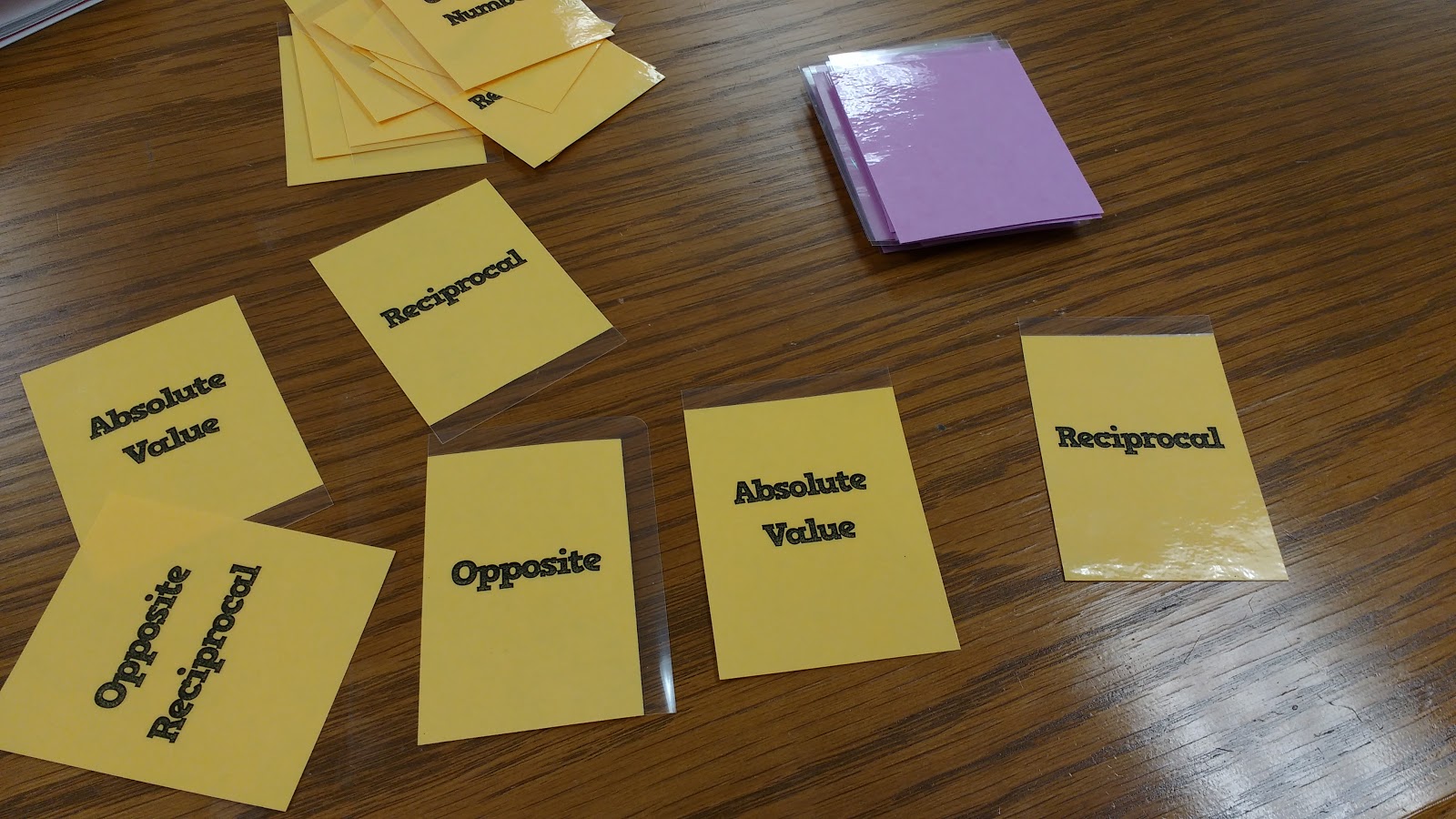
The criteria cards get shuffled and placed in the center of the playing area. The rest of the cards are distributed evenly according to the number of players.
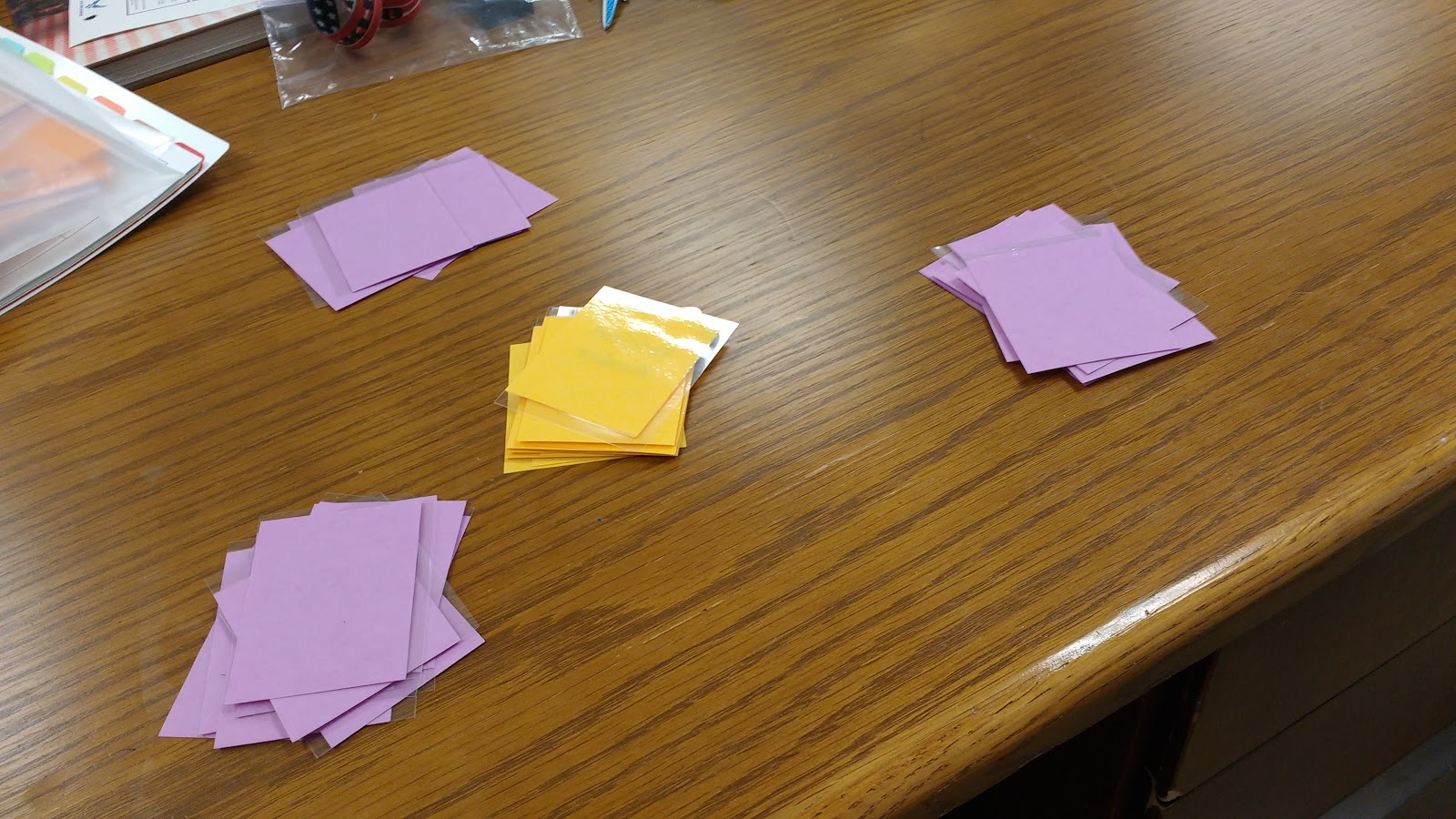
The top card on the deck of criteria cards is turned over. This card tells the players how the winner will be decided. The player whose original number is the greatest will win. Original number is the easiest because students don’t have to do anything to their numbers to determine the winner.
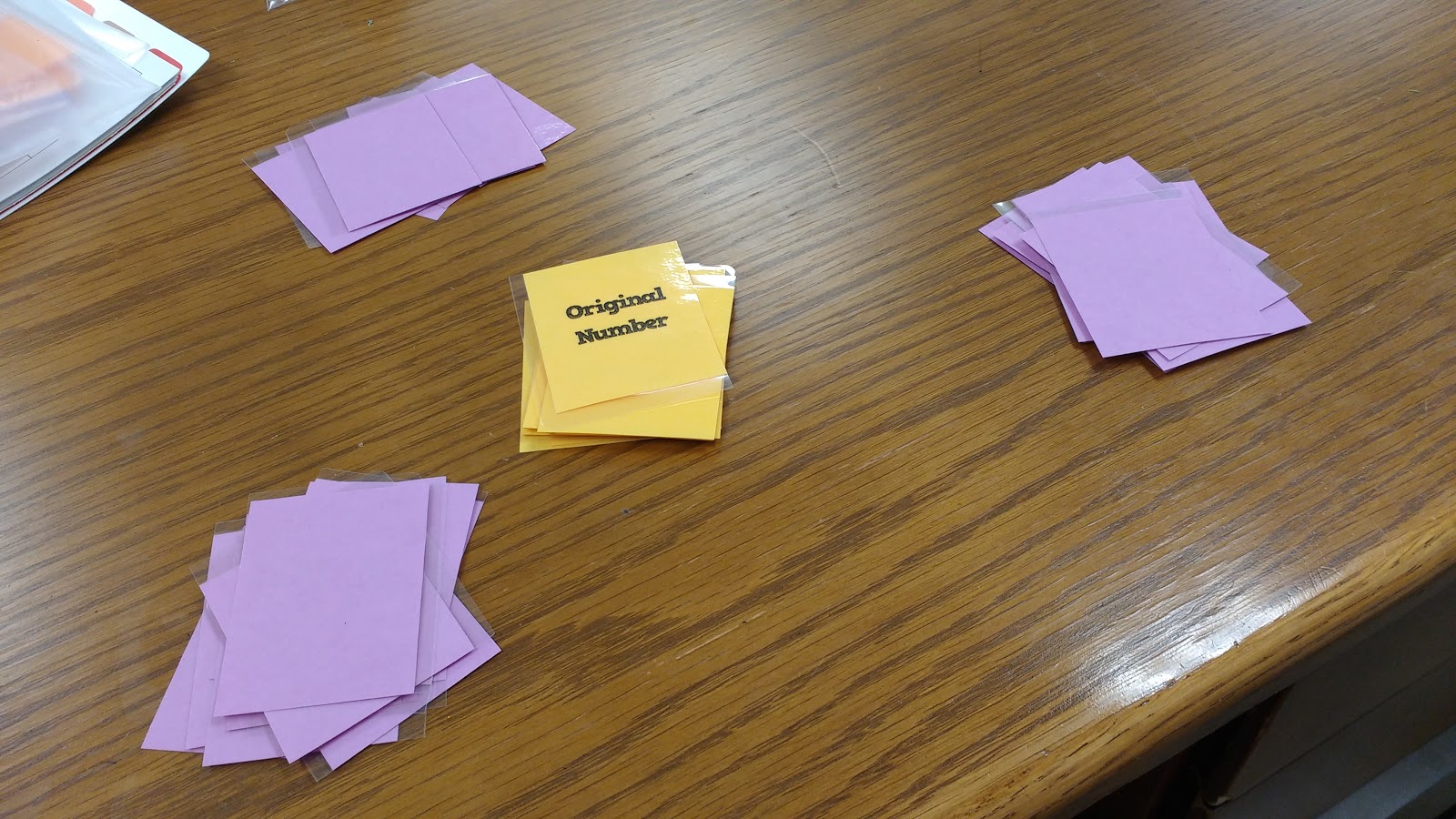
Each player turns over the top card on their deck.
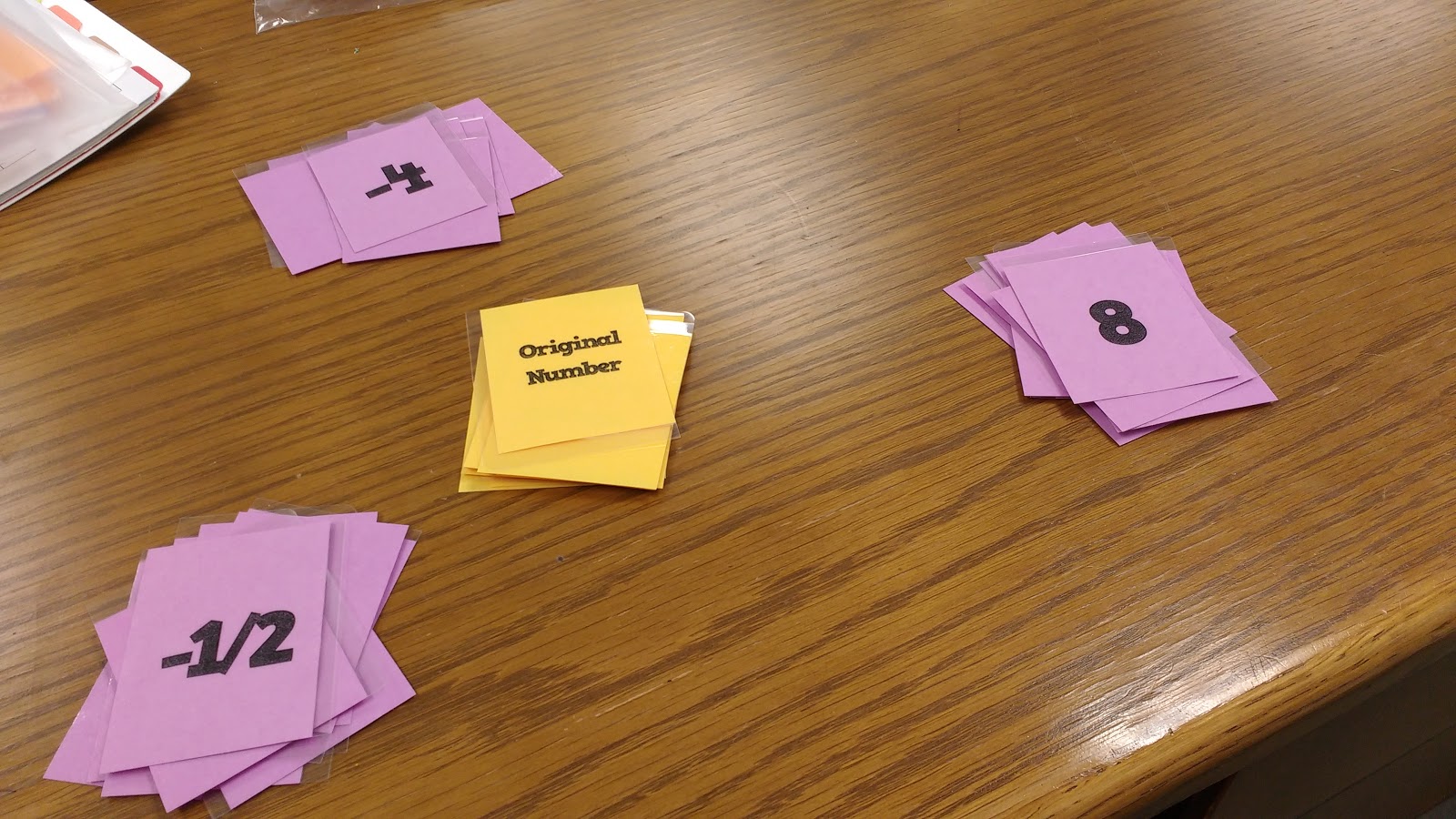
8 is the highest original number, so the other two players give their cards to the player who had 8. These cards are placed on the bottom of the winner’s stack.
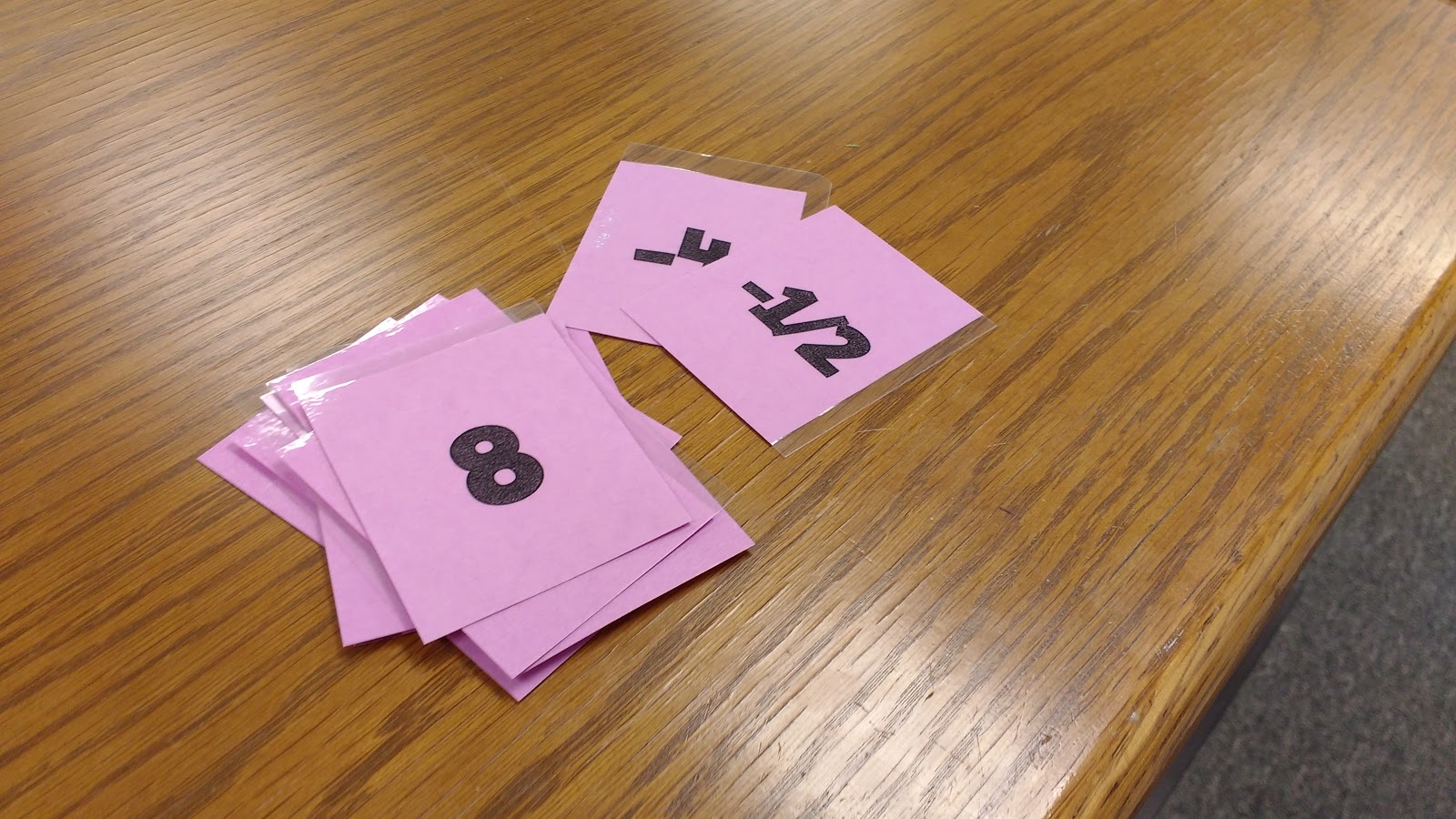
Now, let’s change the criteria card and flip over some new numbers. This time, students have to find the opposite reciprocal of their numbers.
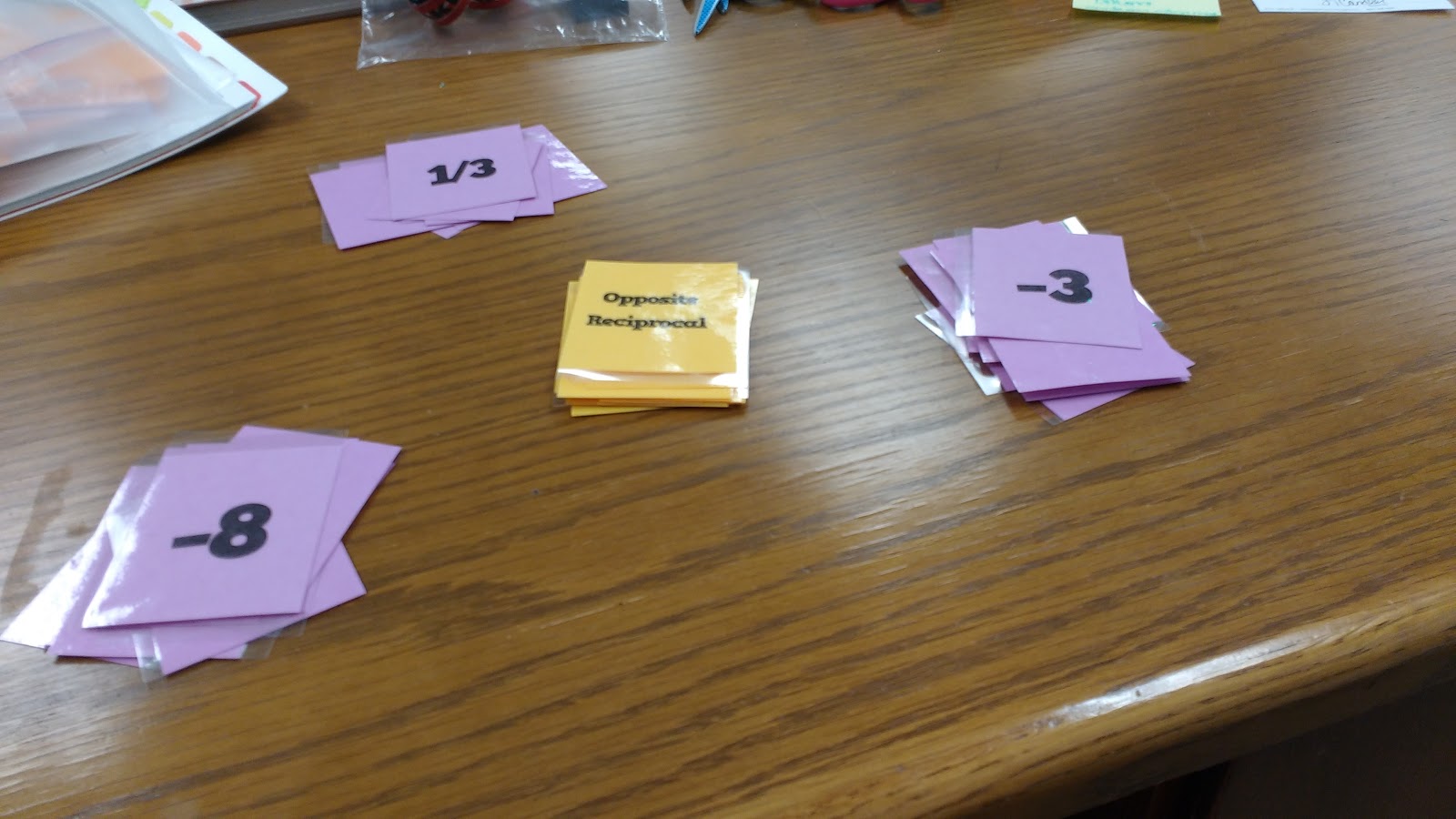
1/3’s opposite reciprocal is negative while the others are positive, so that player doesn’t win. 1/3 > 1/8, so the face-up cards are given to the player with -3.
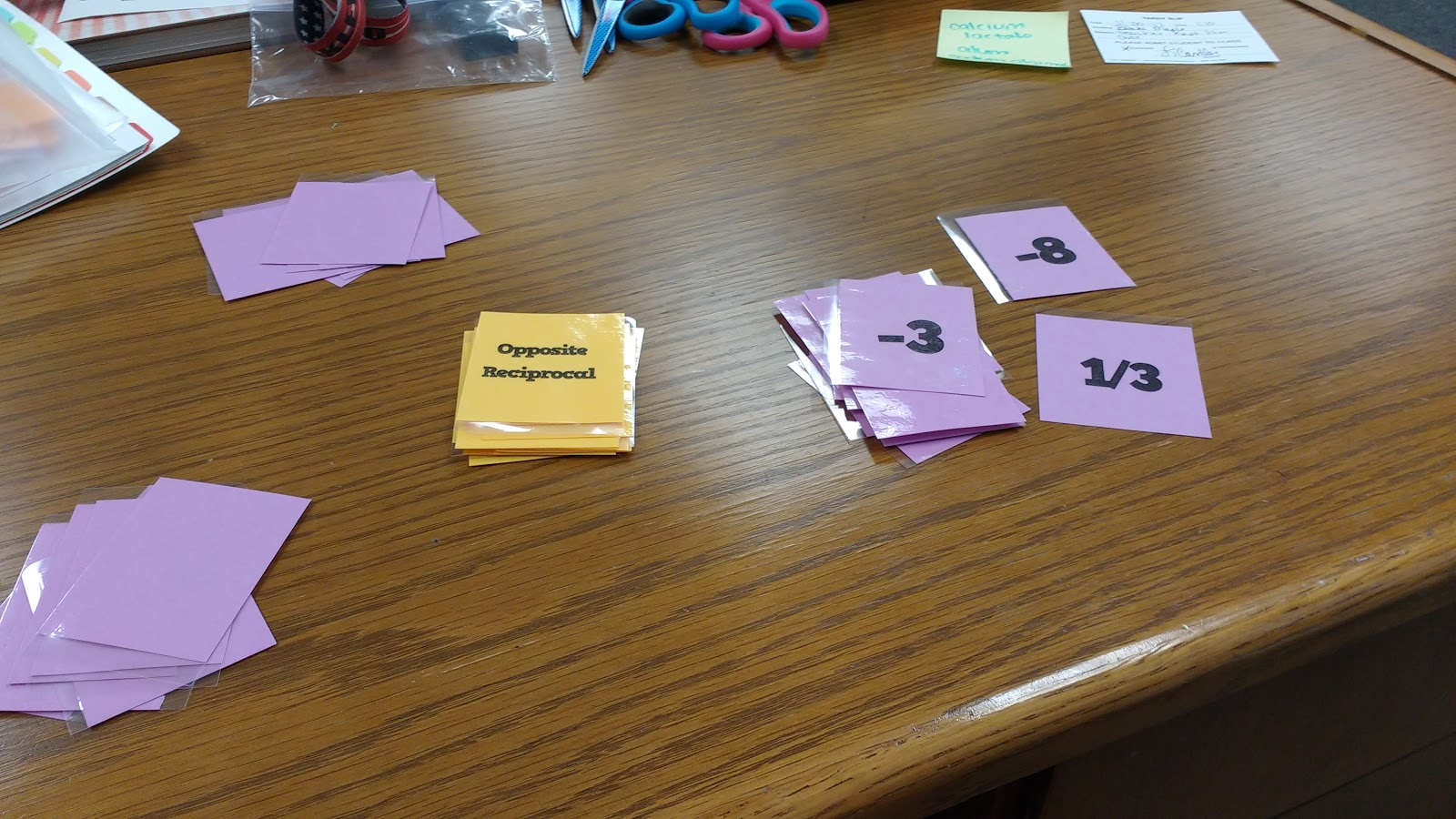
Up next: Opposite
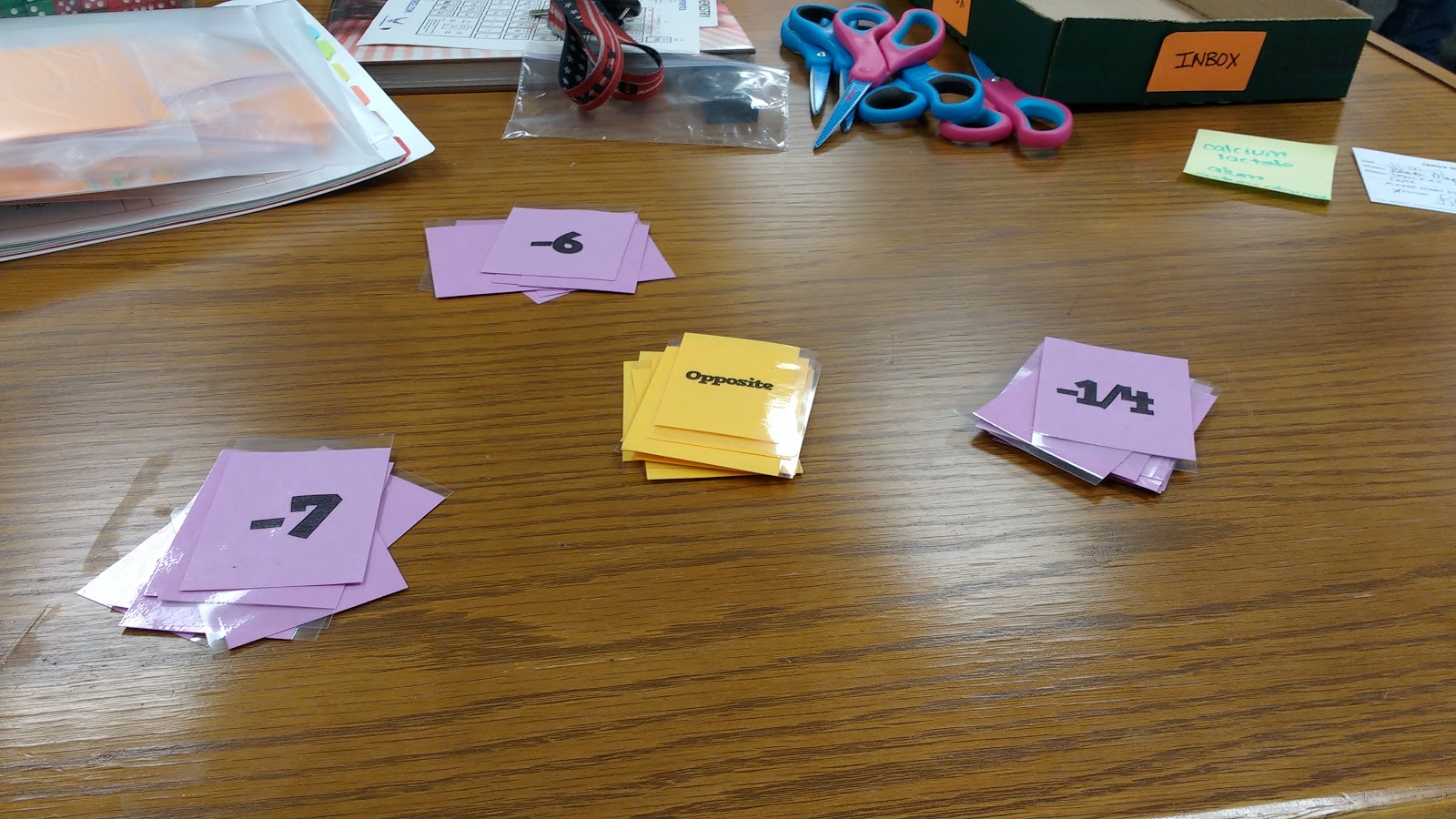
The opposite of -7 is 7 which is the highest value of any of the opposites (7, 6, 1/4).
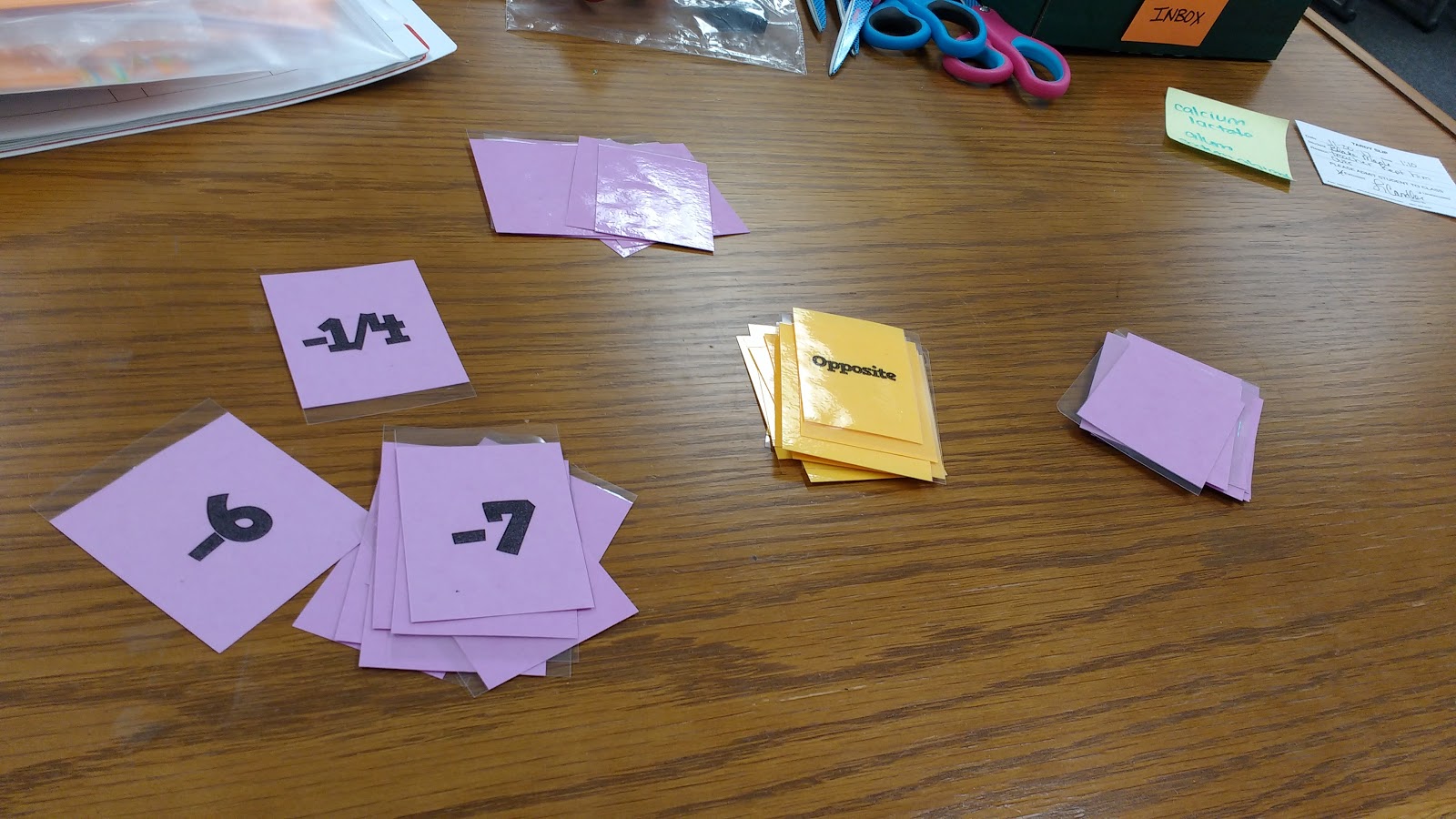
Next Round: Absolute Value
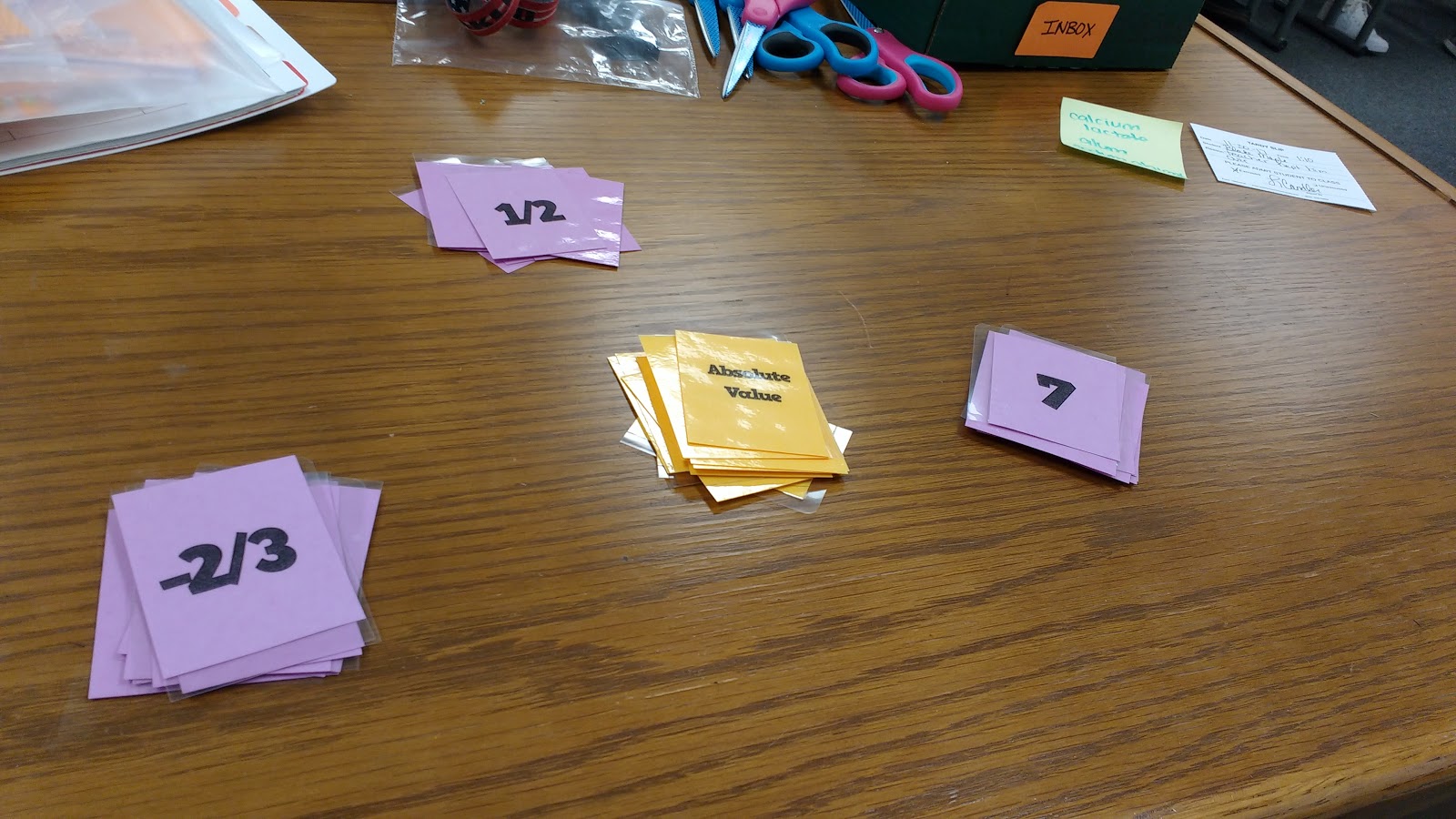
My students really enjoyed this game! They had quite a bit of trouble comparing fractions to determine which was larger. I spent a lot of time going around and helping students figure out which values were bigger when fractions were involved. This is something they should have mastered in middle school, but we’ll just have to keep practicing comparing numbers until they get it!
Here are a few action shots:
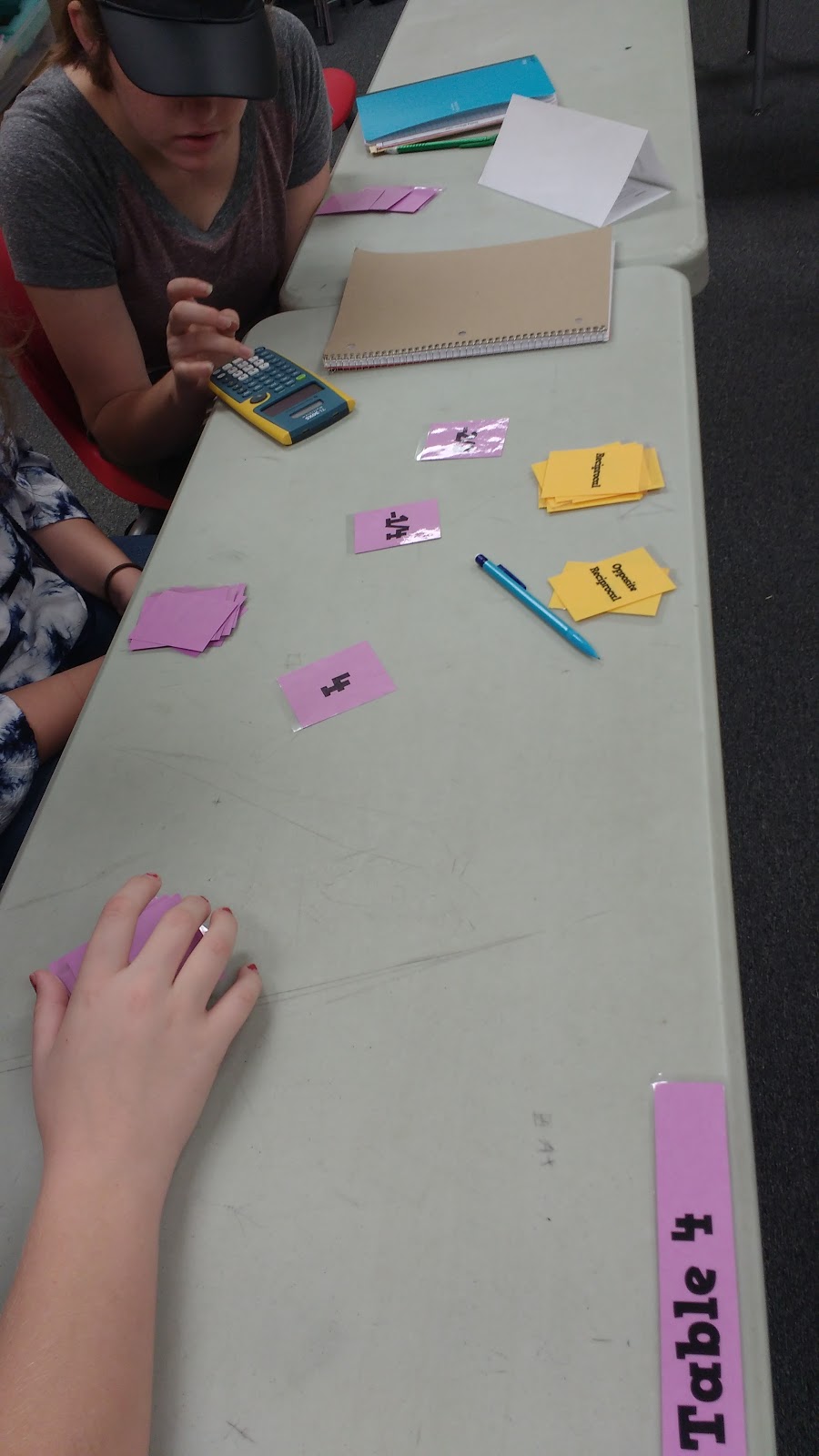

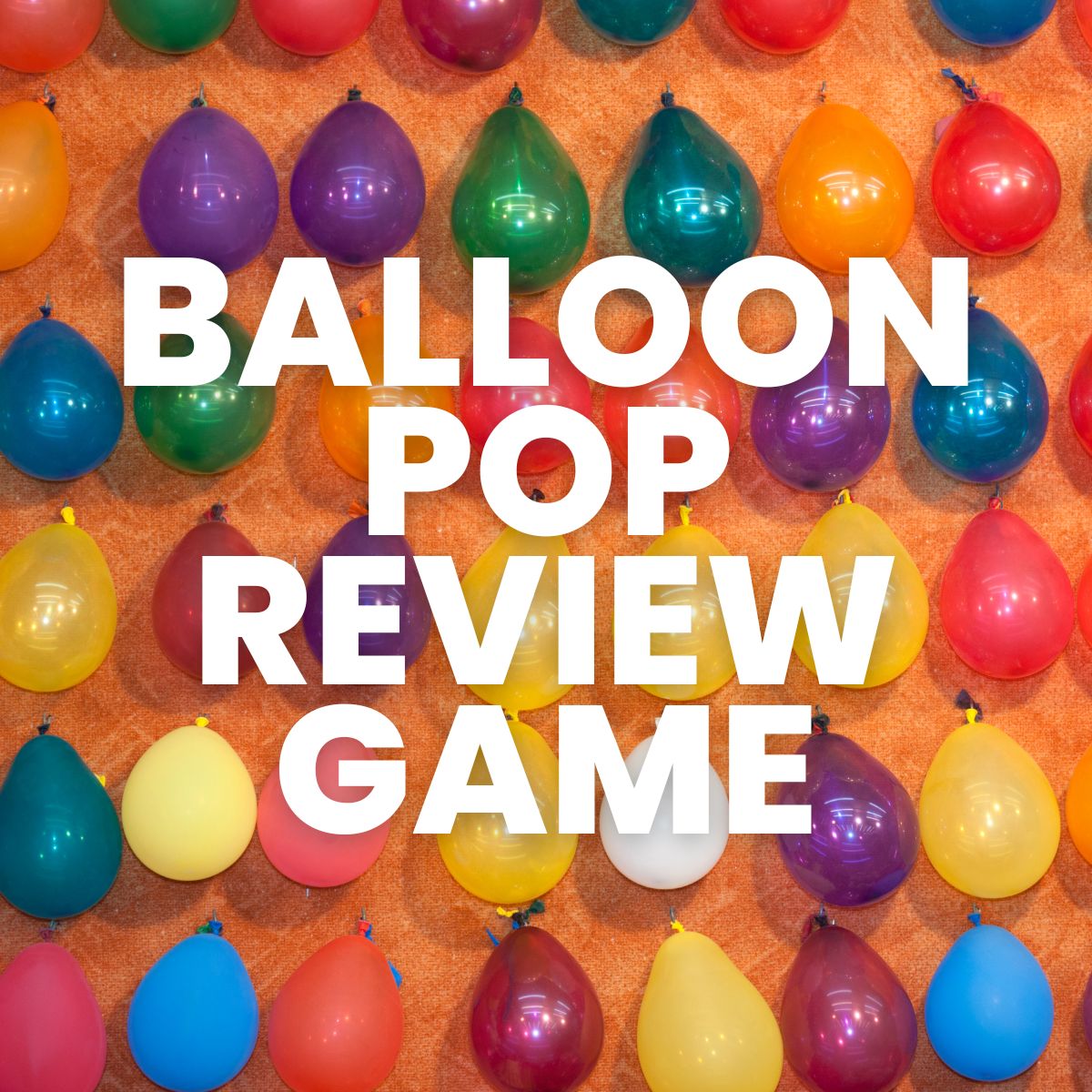
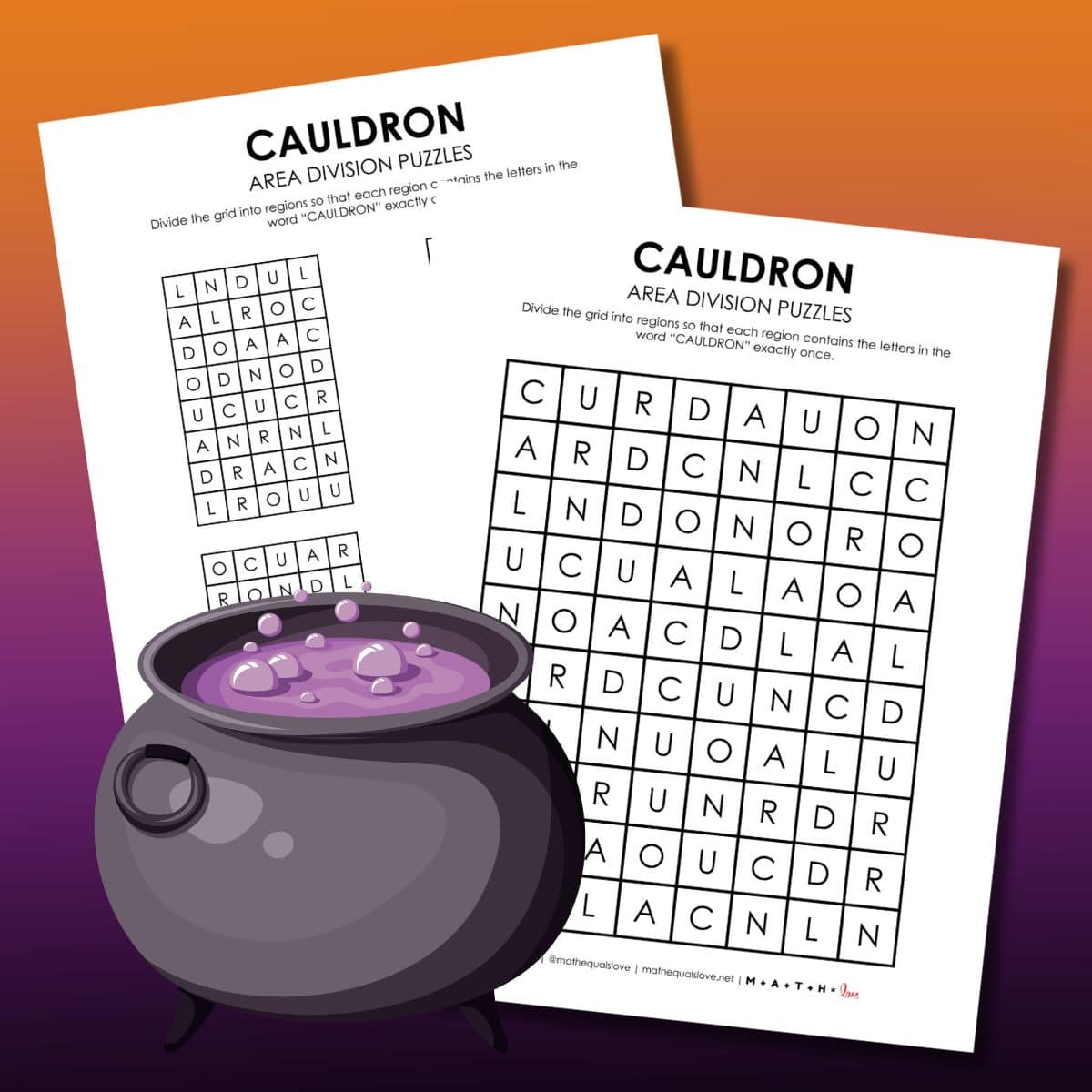

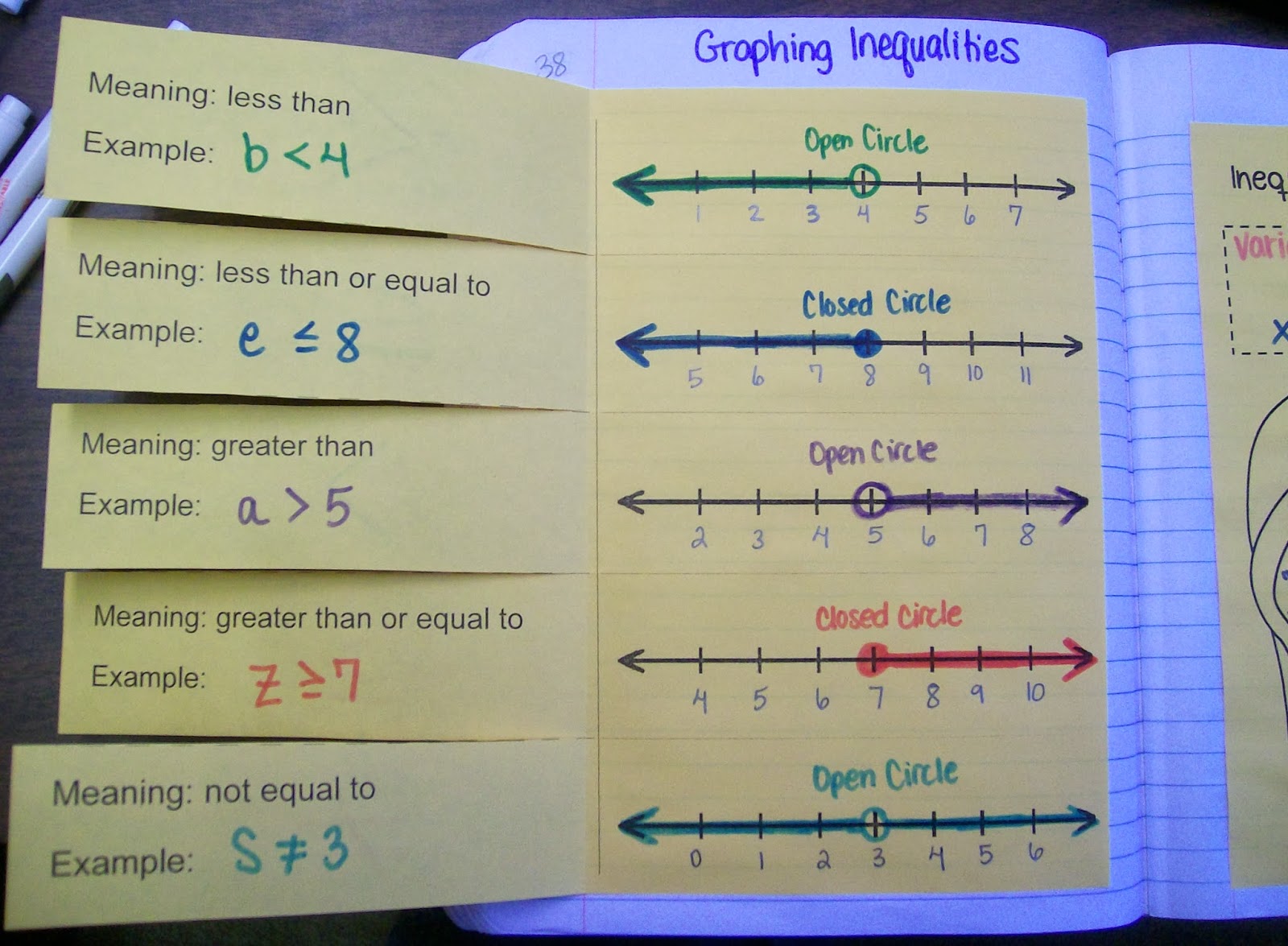
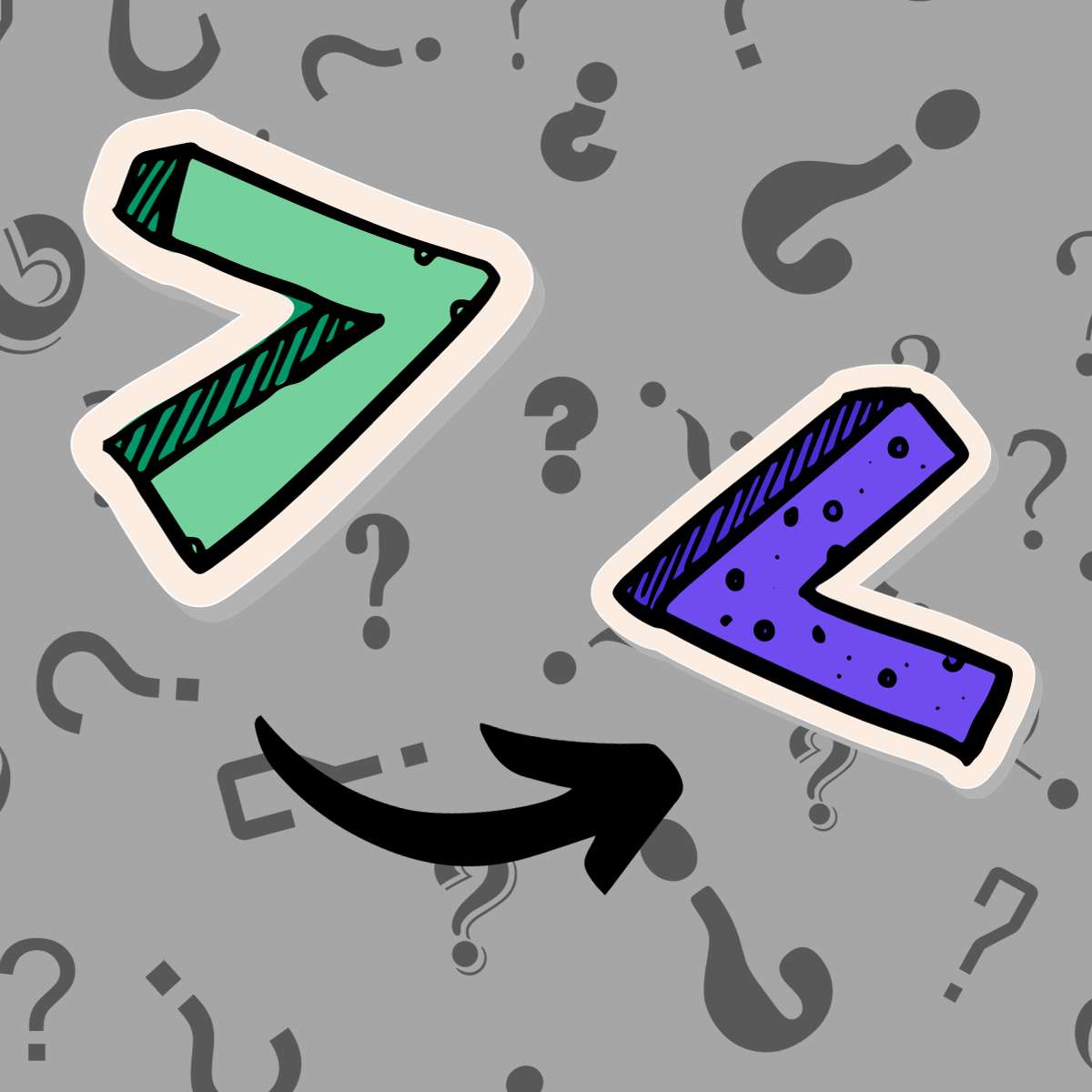
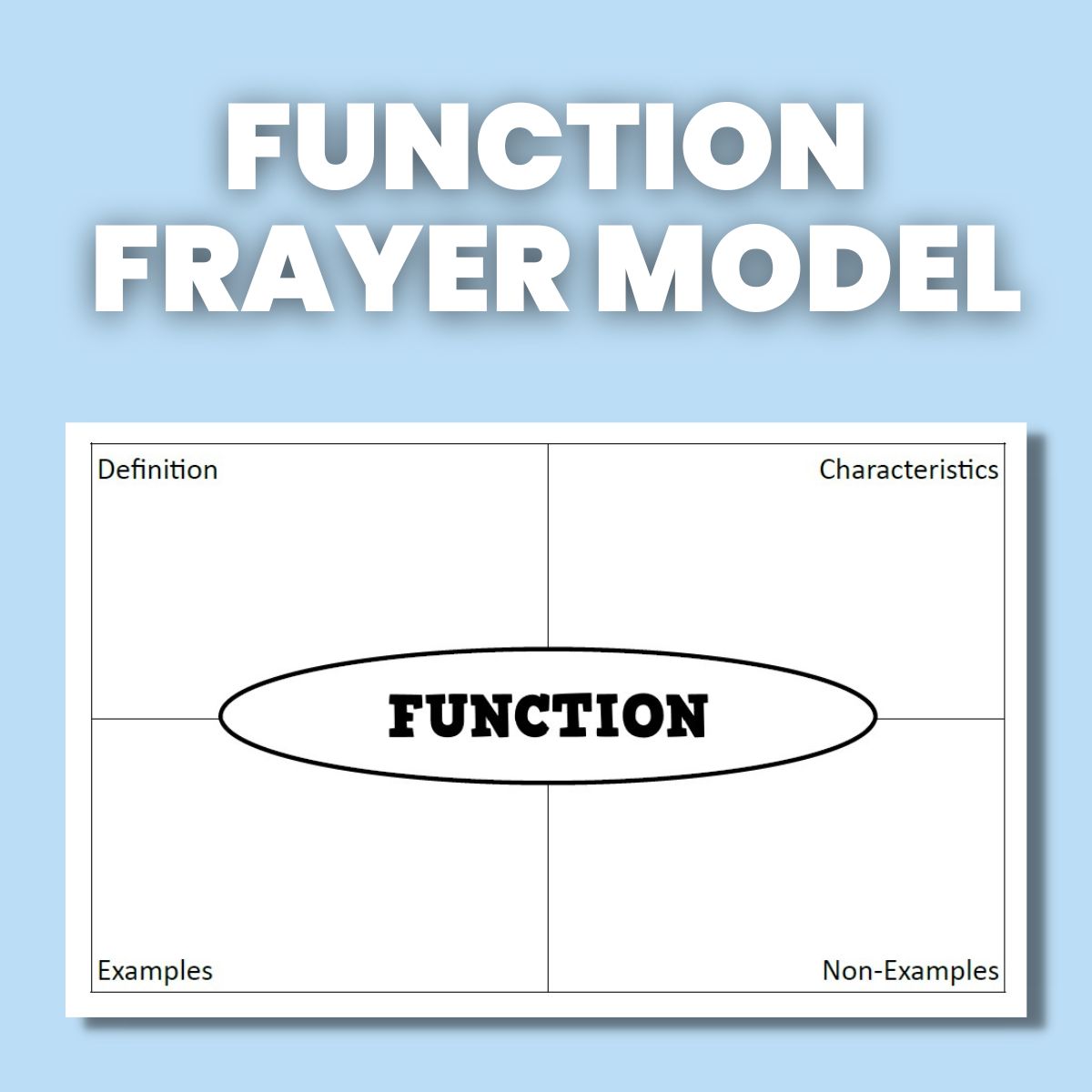
This is a really cool and fun way to practice skills. When I become a teacher I would like to use something like this in my classroom.
Great Activity to reinforce vocab!!!